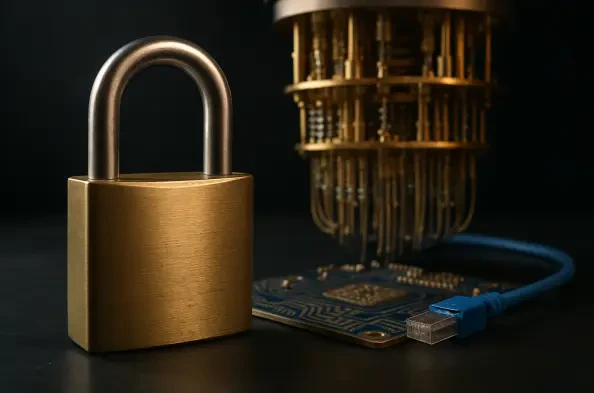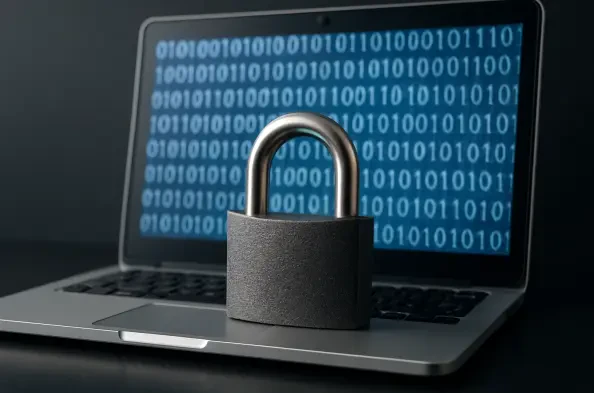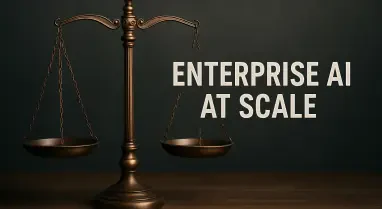In an era where data breaches and cyber threats loom larger than ever, the quest for unbreakable security has led researchers to the cutting edge of quantum cryptography, with a recent breakthrough from a team at the University of Warsaw in Poland, alongside collaborators from Italy and Germany, offering a glimpse into a future of enhanced protection. Their pioneering work harnesses a phenomenon known as the temporal Talbot effect to transform quantum key distribution (QKD), a method used to secure communications through the principles of quantum mechanics. By adapting an optical concept first discovered in the 19th century into the realm of time-based quantum states, this research promises to elevate the efficiency and capacity of secure data transmission. The implications are profound, potentially reshaping how sensitive information is protected across global networks, from financial transactions to governmental communications.
Unveiling a New Era in Quantum Cryptography
Adapting Historical Optics to Modern Challenges
The foundation of this groundbreaking research lies in the adaptation of the Talbot effect, a spatial optical phenomenon identified in 1836 by Henry Fox Talbot, into a temporal framework suited for quantum applications. By employing trains of light pulses passed through a dispersive medium such as optical fiber, scientists have created time-bin superpositions of equally spaced pulses, a process now termed the temporal Talbot effect. This innovative approach allows for the detection of complex quantum states with surprisingly simple hardware, which could even be integrated onto a photonic chip. Unlike traditional methods that rely on intricate setups, this technique simplifies the infrastructure needed for secure communication, marking a significant step toward practical, scalable quantum security solutions. The elegance of this method lies in its ability to bridge a historical concept with cutting-edge technology, opening new pathways for protecting data in an increasingly digital world.
Enhancing Security through Simplified Detection
Beyond its historical roots, the temporal Talbot effect offers a practical advantage by enabling the detection of multidimensional quantum states without the need for complex receiver stabilization or hardware modifications. This efficiency is critical in quantum key distribution, where every photon-detection event becomes usable, maximizing the potential for secure data exchange. The research demonstrates that this method can seamlessly handle both two-dimensional and four-dimensional quantum states, providing flexibility that previous systems lacked. Such adaptability not only reduces the technical barriers to implementing quantum security but also paves the way for broader adoption across various sectors. As cyber threats grow more sophisticated, the ability to deploy robust yet straightforward security measures becomes paramount, positioning this approach as a game-changer in safeguarding sensitive information against unauthorized access.
Pushing Boundaries with Higher-Dimensional Quantum States
Transitioning from Qubits to Qudits for Greater Capacity
A pivotal aspect of this study is the shift from traditional qubit-based quantum key distribution systems, which manage two-dimensional states carrying a single bit of information, to higher-dimensional states known as qudits. Specifically, the team explored four-dimensional states, referred to as ququarts, using the established BB84 QKD protocol for secure transmission. Their findings revealed that ququarts surpass qubits in information capacity, even though they exhibit a slightly higher quantum bit error rate. This trade-off, however, does not compromise the overall efficacy of QKD, highlighting a significant leap in data security and efficiency. By packing more information into each quantum state, this method addresses the growing demand for high-capacity communication channels, ensuring that secure data transmission can keep pace with the exponential growth of digital information in today’s interconnected landscape.
Real-World Testing and Practical Implications
To validate their approach, the researchers conducted experiments involving a sender, codenamed “Alice,” and a receiver, “Bob,” communicating over both a controlled fiber spool and a 13-km dark fiber network in downtown Warsaw. “Alice” utilized a continuous-wave laser at a telecommunications wavelength, with pulses shaped by modulators, while “Bob” relied on superconducting single-photon detectors for precise time-domain measurements. A dispersion compensating module played a crucial role in facilitating the temporal Talbot effect, enabling the detection of multidimensional superpositions. These real-world tests underscored the method’s viability, demonstrating its potential for integration into existing communication infrastructures. Despite minor challenges like elevated error rates, the setup’s security was rigorously assessed by international collaborators, affirming its readiness for practical deployment in enhancing the resilience of global data networks.
Reflecting on a Quantum Leap Forward
Building on Past Innovations for Future Security
Looking back, the study conducted by the University of Warsaw team marked a pivotal moment in quantum cryptography, as it successfully leveraged the temporal Talbot effect to support quantum key distribution in higher dimensions with relatively uncomplicated components. The balance between increased information capacity and manageable error rates showcased a nuanced yet effective approach to secure communication. This achievement built on centuries-old optical principles, adapting them to address contemporary security challenges with remarkable ingenuity. The collaboration across borders further validated the robustness of the system, ensuring that it withstood rigorous testing under diverse conditions, setting a precedent for future innovations in the field.
Charting the Path Ahead for Quantum Communication
As the field moves forward, the insights gained from this research suggest actionable steps for integrating higher-dimensional quantum states into mainstream communication systems. Exploring ways to further reduce error rates while maintaining hardware simplicity could unlock even greater potential for quantum security. Additionally, investing in the development of photonic chip technology might accelerate the adoption of these methods, making quantum cryptography more accessible to industries worldwide. The journey ahead involves not only refining these technologies but also fostering global cooperation to standardize and scale quantum security solutions, ensuring that the digital realm remains a safe space for critical data exchange in the years to come.






